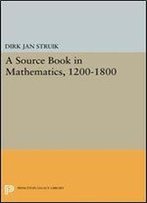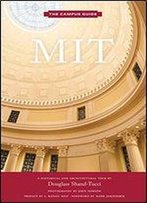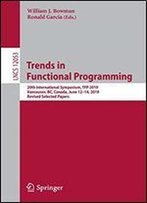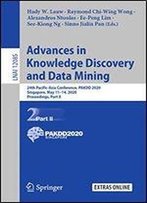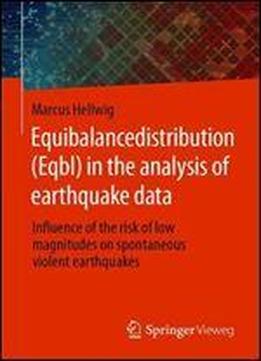
Equibalancedistribution (eqbl) In The Analysis Of Earthquake Data: Influence Of The Risk Of Low Magnitudes On Spontaneous Violent Earthquakes
by Marcus Hellwig /
2020 / English / PDF
7.4 MB Download
The book describes the assessment of the risk and probability of occurrence of damage according to the Richter scale. It explains the connection of the probability theory of extreme processes with examples from the sciences of earthquake observation. In contrast to many views, the present analysis takes into account the complete population of all measurement data of the magnitudes from 0 to the measured maximum Contents: EntranceLimits of symmetric variance Association with asymmetry and steepness (kurtosis)Presentation of the logarithmic equal distribution, EqblProperties of EqbUse of the Eqbl for the analysis of earthquakedataApproximation to the location parameters modal, mean, median Introduction of the sine derivativeFinal StatementSummary Target Groups: Engineers who are concerned with earthquake-resistant building conceptsGeological institutes dealing with earthquakes and their dynamic effectsStudents of architecture, housing and urban planning Author: Marcus Hellwig currently works as QualityEngineer, He`s member of SCEC Community, Southern California Earthquake Center. Marcus does research in Statistics, Probability Theory and Telecommunications Engineering. His current project is 'New Probability Density Functions Equibalance Distributions Eqb & Eqbl' - also for the evaluation of i.a. Earthquake events.



